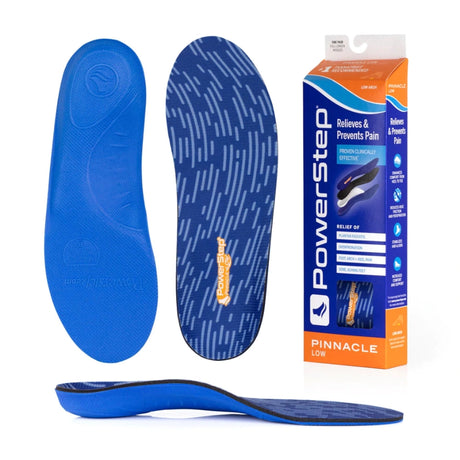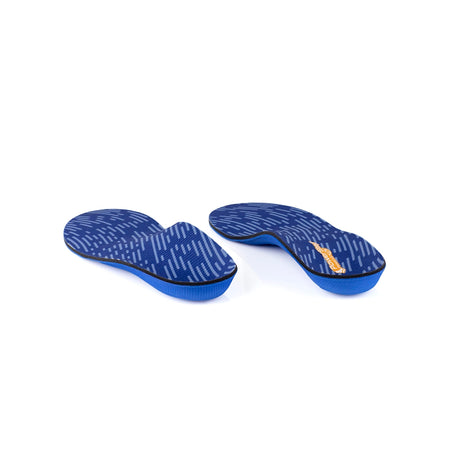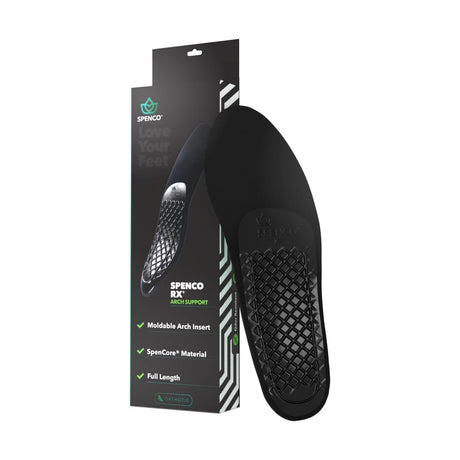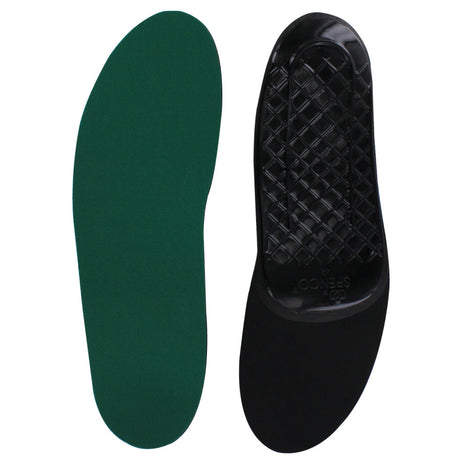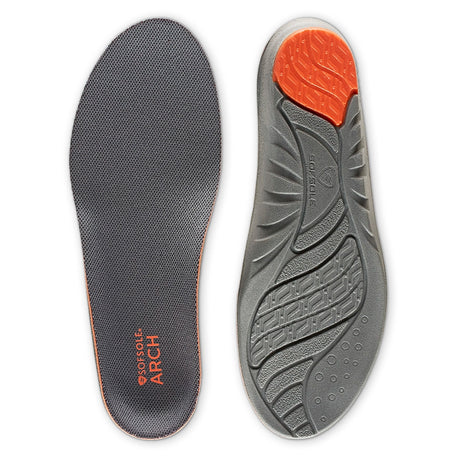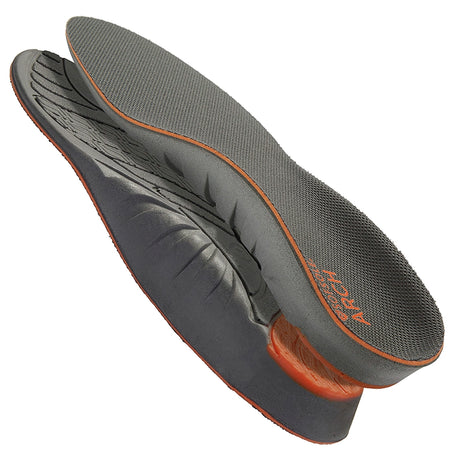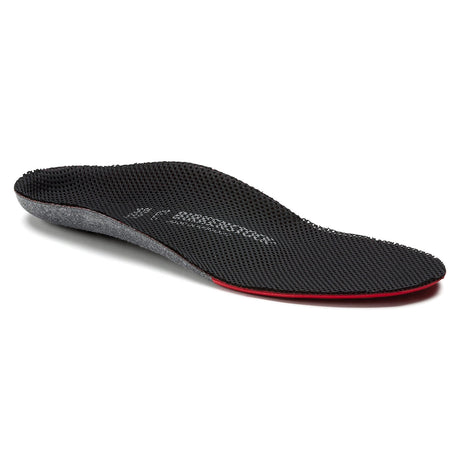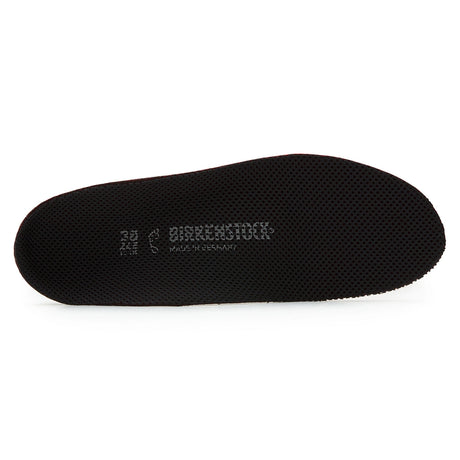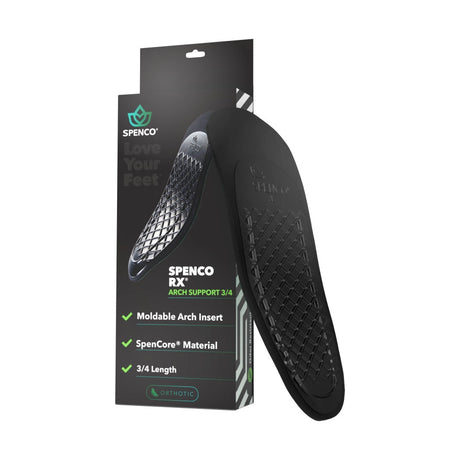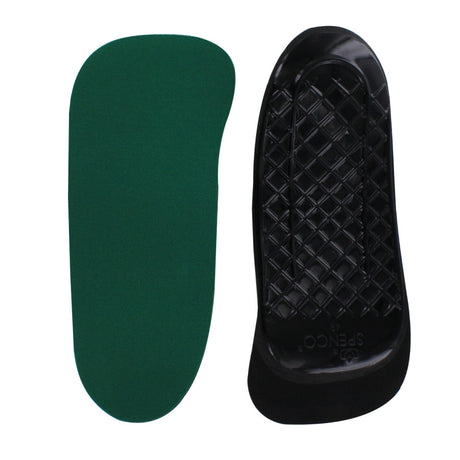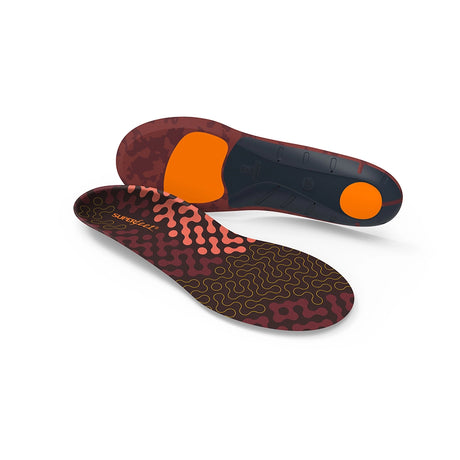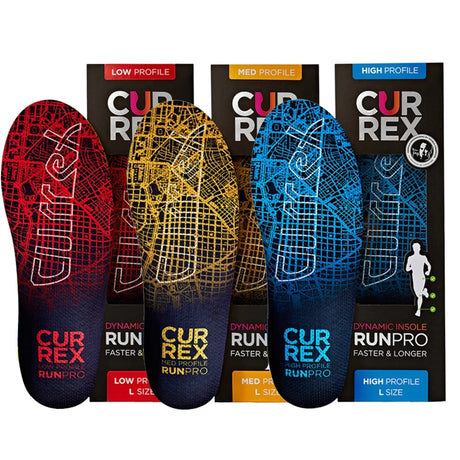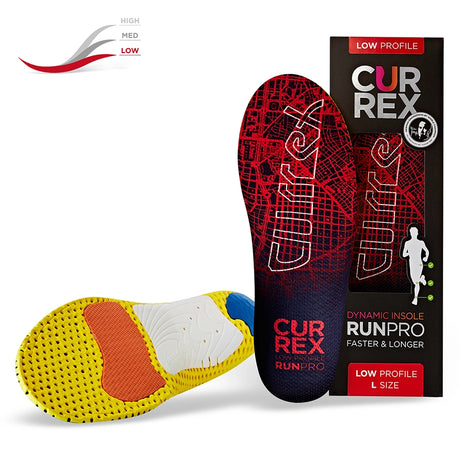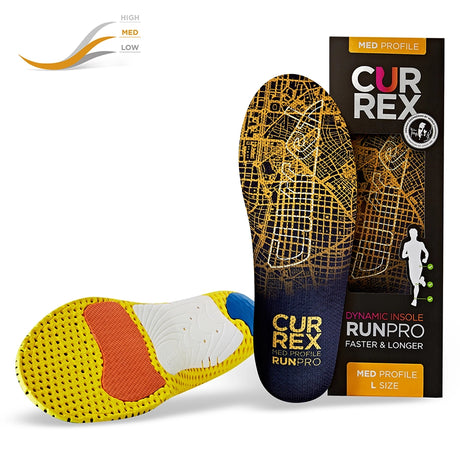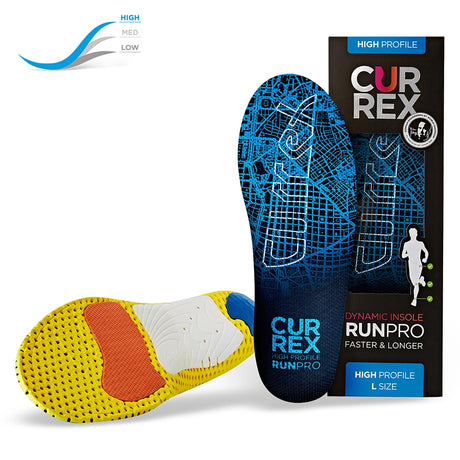Low Arch Insoles
You're currently browsing our entire selection of low arch insoles. Use the product filters below to narrow your selection, try our Insole Finder for a quick recommendation, or contact us if you have any questions.
Best Low Arch Insoles
Why do you recommend these items?
Why do you recommend these items?
We choose our product recommendations based on a combination of our own usage & opinion of the products, product design & product features, conversations we've had with our customers regarding their product usage & experience, and collective customer product feedback & reviews.
Looking for something different?
Looking for something different?
General recommendations aren't always a one-size-fits-all solution, and we understand that! Our team is more than happy to provide a customized recommendation for you. Simply contact us and give us some information about what you're looking for and we'd be happy to assist!
What determines whether or not an arch support insole is low-arched?
We define “high arch” as an arch height that measures between 15-21mm in height from the base of the insole to the peak of the arch support. Insoles with arch heights in this range tend to be the most comfortable for those with low-arched feet.
Note: It’s not important to know the exact height of your own foot arch. Those with low-arched feet can almost always comfortably wear any insole with an arch height of 15-21mm.

How do I know if I have low-arched feet?
There’s a simple way to determine your foot arch type at home, called the “wet foot test.” All you do is get your foot wet, step on a flat surface where you’ll be able to see your footprint, and then compare the footprint shape with the chart below. Whichever shape most closely matches your own footprint is the arch height you naturally have (the more your midfoot contacts the ground, the lower your arches).
Those with low-arched feet should see where the majority of their foot touches the ground (the arch, which shows as a vacant space in the footprint, would be minor). When you take a step, only the majority of your midfoot contacts the ground, leaving a distinctive “wide” footprint shape.
Are low arches the same as flat feet or fallen arches?
No. “Low arches” or “low-arched feet” simply describes an individual whose natural foot arch height is slightly lower than average. People with low-arched feet can have perfectly healthy feet; all that “low arches” describes is the height of the foot arch compared to “average.”
Flat feet and fallen arches, on the other hand, both describe foot conditions wherein the muscles throughout the arch of the foot become tired, sore, or injured, allowing the arch of the foot to collapse.
So: “Low arches” simply describes the relative height of one’s foot arch, while “fallen arches” and “flat feet” describe foot conditions relating to weakening of the midfoot muscles.

